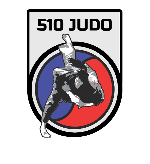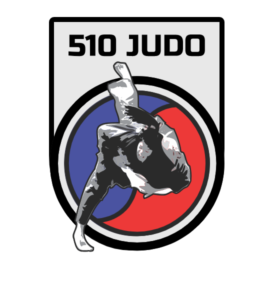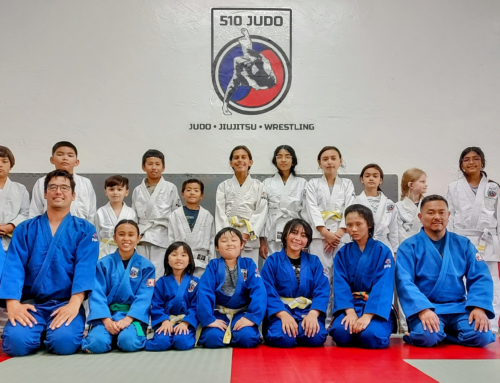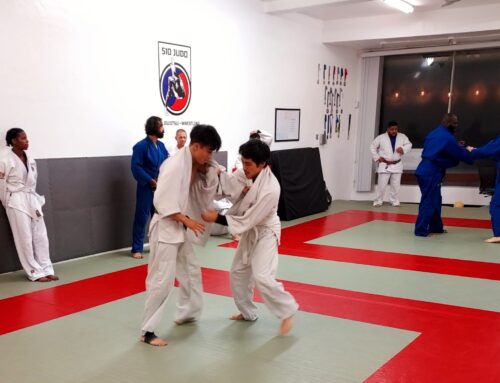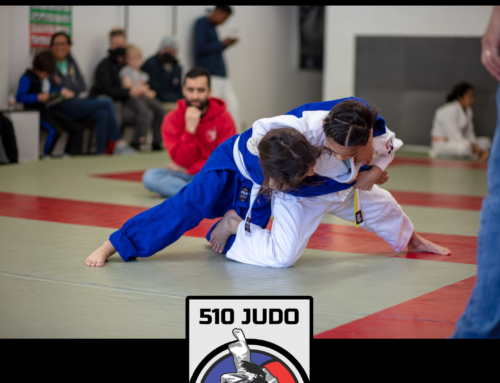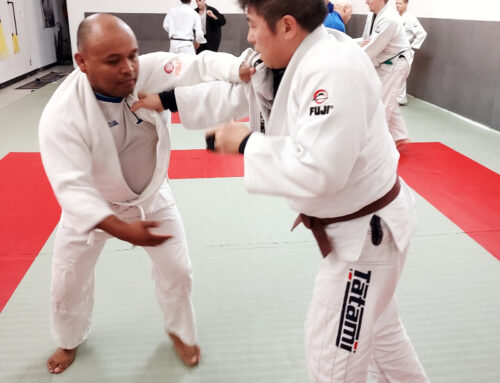As a parent, watching your child take their first steps into the world of judo tournaments can be both exciting and nerve-wracking. Understanding the rules and regulations of the sport is essential to ensure your child’s safety and success on the mat. In this guide, we’ll break down the basics of judo tournaments, providing you with the essential information you need to support your young judoka.
1. Tournament Format
Judo tournaments typically follow a straightforward format. Competitors are placed into divisions based on their age, weight, and belt rank or experience level. This ensures fair match-ups and a safe environment for all participants.
2. Rules and Scoring
Judo matches are dynamic contests that last 2-3 minutes for younger participants, and up to 4 minutes for adults. The primary objective is to execute controlled and skillful throws that bring the opponent onto the mat with force. This showcases the judoka’s technique and ability. Alongside throws, competitors can accumulate points through holds, pins, and submissions.
Two crucial scoring terms in judo are “ippon” and “wazari.” An “ippon” is the highest score a judoka can achieve. It’s awarded for a throw that lands the opponent on their back with speed, force, and control. An “ippon” instantly ends the match, signaling a clear and decisive victory. On the other hand, a “wazari” is a lesser score given for a throw that doesn’t meet the criteria for an “ippon” but still places the opponent on their back. If a judoka accumulates two “wazaris” during a match, it’s considered equivalent to an “ippon,” resulting in an immediate win.
Remember, while striving for “ippon” and “wazari” is important, safety and sportsmanship are paramount. Techniques executed recklessly or dangerously can lead to disqualification, emphasizing the significance of skillful execution and respect for one’s opponent.
3. Safety Measures and Dress Code
Ensuring the safety and fairness of judo tournaments involves adhering to specific guidelines regarding attire and personal items. Competitors wear a traditional uniform known as a “judogi,” which consists of a jacket, pants, and belt. Not only does this uniform honor the sport’s heritage, but it also provides grips for techniques.
However, there are additional regulations to consider:
- Hair Length: To prevent interference during matches, competitors with long hair are required to secure it tightly above the shoulders with appropriate hair ties, pins, or bands. This minimizes distractions and the potential for injuries caused by hair getting in the way.
- Jewelry: For safety reasons, competitors are not allowed to wear any kind of jewelry during matches. This includes earrings, necklaces, bracelets, and rings. The absence of jewelry reduces the risk of accidents and injuries to both the wearer and their opponent.
- Undergarments: What can be worn underneath the judo jacket is also regulated. Female participants are allowed to wear a plain white t-shirt beneath their judogi jacket. Male competitors are not allowed to wear anything under the jacket.
By adhering to these dress code and safety measures, participants contribute to a safe and fair competition environment. This ensures that the focus remains on showcasing skill, technique, and sportsmanship, rather than being hindered by avoidable distractions or hazards.
4. Sportsmanship and Etiquette
Judo places great importance on respect and sportsmanship. Before and after each match, competitors bow to their opponent as a sign of respect. Good sportsmanship means acting the same whether you win or lose – regardless of how you feel inside, accept both victory and defeat in a calm and even manner. Parents play a crucial role in teaching their children these values, reinforcing the importance of fair play and humility.
5. Stay Supportive and Positive
Your child’s first judo tournament can be a mix of excitement and anxiety. Be a source of encouragement, reminding them that the primary goal is to have fun, learn, and grow as a judoka. Win or lose, your support and pride in their efforts will contribute to their overall experience.
Conclusion
As your child embarks on their judo tournament journey, arming yourself with these fundamental rules and regulations will help you provide the guidance and support they need. Judo tournaments offer a valuable opportunity for your child to challenge themselves, learn important life skills, and make lasting memories. Embrace the experience with enthusiasm and be the cheering section that helps them shine on and off the mat.
